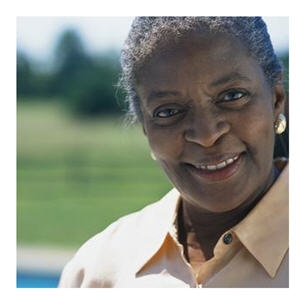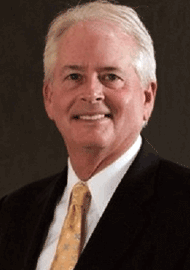By Ted Bishop @ MorningRead.com
“(Slightly) better times ahead.”
That was the theme of the annual Pellucid/Edgehill “State of the Industry” report, and the golf industry can thank the baby boomers for any glimmer of hope. But those positives likely won’t last.
Jim Koppenhaver and Stuart Lindsay, viewed by some industry leaders as monsters of doom and gloom, delivered the report during the recent PGA Merchandise Show in Orlando, Fla., with a brutally honest analysis of participation data. While golf’s leading organizations often decline to reveal any bad news regarding the sport’s steadily declining participation numbers, Pellucid/Edgehill compiles data from the National Sporting Goods Association and offers a candid assessment.
According to the P/E report, rounds played in 2016 were slightly ahead (up 1 percent) compared with 2015, but that mainly was attributed to better weather in some parts of the country. Utilization stood at 52 percent, which reveals a glut of open tee times. Annual equipment sales were projected to be down 7 percent, the worst decline since 2009.
Baby boomers – those born in 1946-64 – are the only age group consistently showing annual gains in rounds played. These golfers will provide a rounds buffer in the near future, but this trend will present a revenue roadblock if golf doesn’t solve the participation puzzle with the generations younger than the boomers.
 According to P/E, in 2009 there were 475 million rounds of golf played in the U.S. In 2015, rounds played slipped to 460 million. Although the public sector remained flat, with 372 million rounds played in ’09 and ’15, private-sector rounds fell during the same period, from 103 million to 88 million, a 14.6 percent decline.
According to P/E, in 2009 there were 475 million rounds of golf played in the U.S. In 2015, rounds played slipped to 460 million. Although the public sector remained flat, with 372 million rounds played in ’09 and ’15, private-sector rounds fell during the same period, from 103 million to 88 million, a 14.6 percent decline.
Although many private clubs insist that total rounds aren’t that important because their members pay monthly dues, a constant decrease in rounds played leads to memberships being dropped and reductions in residual golf-facility revenues.
The P/E report indicated that many core or avid golfers are playing a few more rounds each year, which has helped maintain overall participation levels. However, 2 million golfers still leave the sport annually, offsetting the 2 million new players who show some interest.
Detailed weather-tracking data long have been staples of P/E. Last year was the second consecutive year above the 10-year average for the number of playable days. Yet golf did not take advantage, given its modest gain of 1 percent in rounds played. The South Texas region logged the biggest gain, at 4 percent; Central Rocky Mountain dropped the most, off 14 percent. With time at a premium for many golfers, alternative scheduling rarely is an option. A regular Saturday round that is rained out too often is not replaced by a Sunday round. When golf was adding players in the 1990s, this was not an issue.
Participation by the baby boomers presents rate challenges because even though rounds are stable, more rounds will be played at reduced “senior rates.” Female golf participation is even more concentrated among the baby boomers. In fact, avid female golfers ages 55-64 will play 29.8 rounds per year compared with 26.4 for their male counterparts. But, in the 65-74 age group, men play 10 more rounds annually. Female boomers could represent a potential growth segment, but their round totals don’t move the needle.
The most widely promoted player-development programs in the U.S. are geared toward juniors and millennials (by many definitions, those born in 1982-2004). P/E suggests that baby boomers are the most affluent, intelligent and informed consumers in golf. The reality is this: lose one baby boomer and you need to find three millennials to make up the difference in rounds played.
Player-development programs are not working fast enough to fill the void left by defectors, the P/E report concludes. We have to concede that our methods of attraction aren’t working. Golf might think it is presenting itself properly, but the results indicate otherwise.
The growth of the game remains stagnant, and there are concerns about golf’s future. When baby boomers quit playing, who will take their place? The leading organizations in golf are struggling to come up with answers.
 Ted Bishop, who owns and operates The Legends Golf Club in Franklin, Ind., and is the author of “Unfriended,” was president of the PGA of America in 2013-14.
Ted Bishop, who owns and operates The Legends Golf Club in Franklin, Ind., and is the author of “Unfriended,” was president of the PGA of America in 2013-14.



